What We Loved and Hated About the 2023 MLB Season
What We Loved and Hated About the 2023 MLB Season
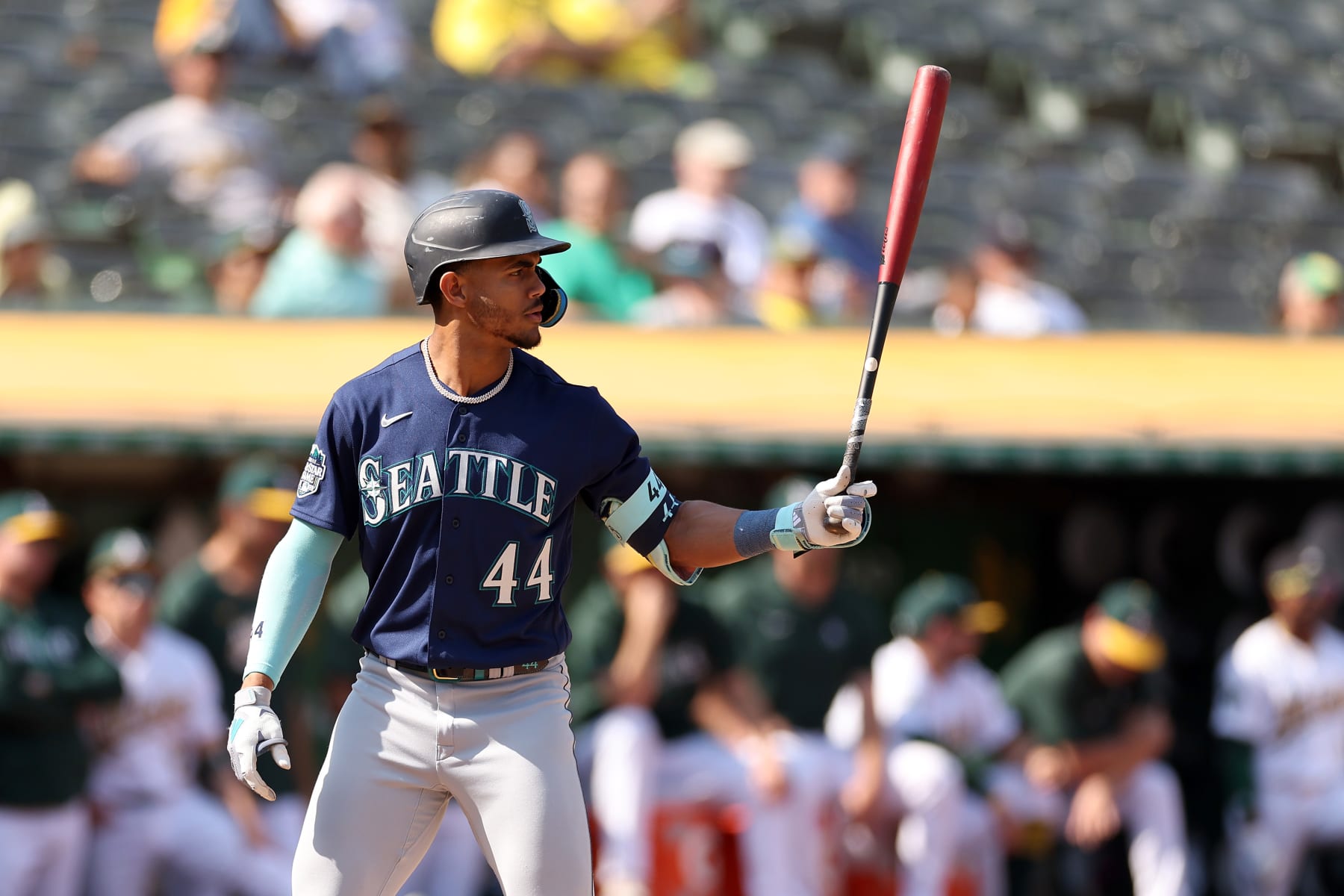
The 2023 MLB postseason is just around the corner, with the Wild Card Round starting this Tuesday.
But before we dive into another October full of best-of-three/five/seven extravaganzas, let's take a look back at some of our favorite (and least favorite) developments from the past six months.
In this love/hate exercise, we're going with overarching themes rather than moments in time.
For instance, we loved Julio Rodríguez's preposterous four-game stint with 17 hits and five stolen bases, and we hated losing Edwin Díaz for the year to an injury suffered during the World Baseball Classic. However, this piece will focus more on things like the months we've spent loving the Ronald Acuña Jr. and Elly De La Cruz shows, as well as our hatred of the wide-ranging rash of injuries to big-name pitchers.
Selections are presented in no particular order aside from oscillating between love and hate, save for one spot which we'll point out when we get there.
Loved: Ronald Acuña Jr.
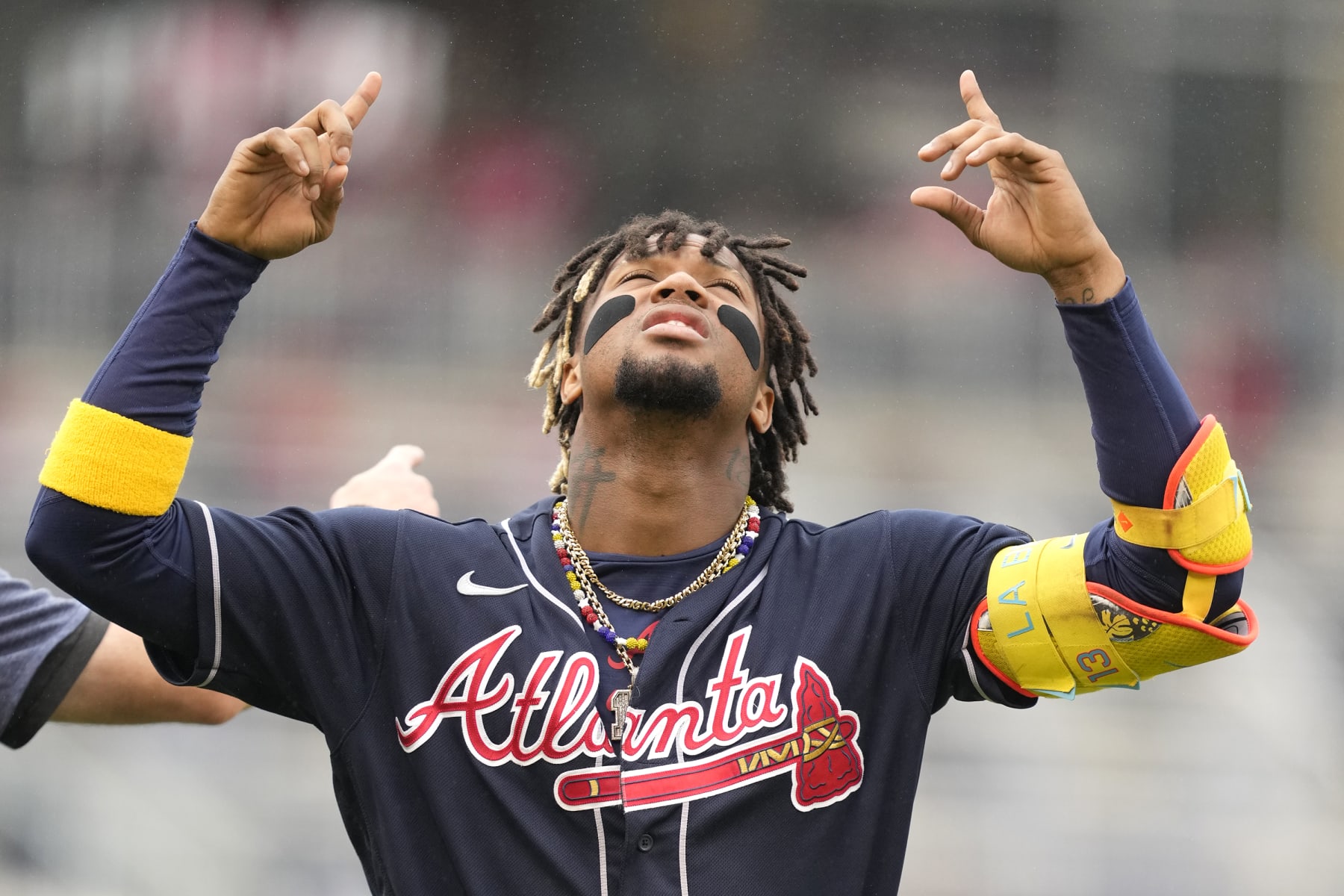
Before Atlanta's Ronald Acuña Jr. ended August with 30 home runs and 62 stolen bases, no player in MLB history had ever had a 30/60 season. Forget about 30/60, though, because he created the previously incomprehensible 40/70 club with his two stolen bases Wednesday night against the Chicago Cubs.
Acuña is also leading the majors in hits, runs, total bases, on-base percentage and stolen bases, and he's leading the NL in both OPS and OPS+. Mookie Betts is right there with Acuña in OBP, OPS, OPS+ and home runs, but Acuña is going to win NL MVP unless Betts goes on a 10-hit barrage this weekend to make things interesting again.
Beyond the staggering numbers, what's most impressive about Acuña's season is how consistently dominant he has been.
While Betts went bonkers in August, Acuña hit at least .298 in each month and didn't miss a single game until a minor calf injury in mid-September. He also stole at least 10 bases in each of the first five months prior to easing up a little bit on the basepaths in September—in part because more than a third of his hits this month have been home runs.
We've also loved the overall uptick in stolen bases across MLB.
Dating back to 1916, the only season with at least 3,425 stolen bases was 1987 with a mark of 3,585. Unless everyone inexplicably stops running this weekend, we're going to end up in the 3,500 range this year after finishing at just 2,486 in 2022.
The bigger bases, the disengagement rules and the pitch clock have all played a big part in the roughly 40 percent increase in one of the most exciting elements of baseball. And it's not like MLB made it effortless to steal bases. The success rate on stolen-base attempts only increased from 75.4 percent to 80.2 percent. But MLB definitely made it more tantalizing.
Hated: High-Profile Pitching Injuries
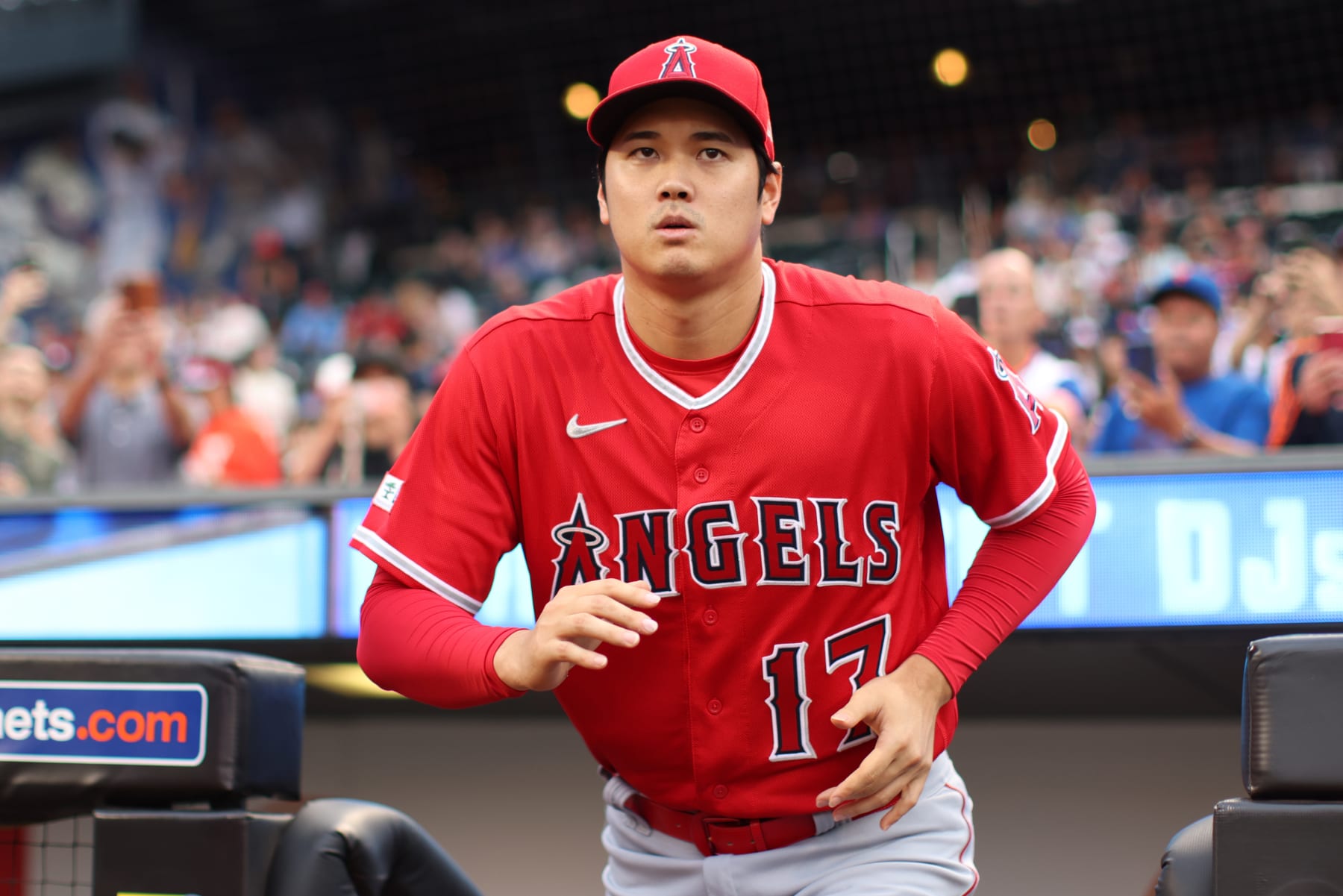
Long before the 2023 regular season even began, talking heads were bound to blame the new pitch clock for pitching injuries.
As it turns out, the number of injuries hasn't really changed.
Per Spotrac, there were 921 IL stints for a cumulative 44,076 days in 2022 compared to just 800 for 43,488 days in 2023 as of the start of play Thursday.
There were substantially more COVID-19-related absences in 2022, but remove those numbers from both datasets and the results are nearly identical: 783 IL trips for 42,243 days in 2022; 793 IL trips for 43,418 days in 2023.
If the pitch timer was causing problems for pitchers, we would've seen a drastic uptick in arm, elbow or shoulder injuries, but we haven't. Those types of injuries were responsible for almost exactly the same number of IL stints: 286 in 2022 and 287 this year.
So, why does it feel like there have been far more pitching injuries? The pitchers getting hurt are way more expensive.
"Cash earned while on IL" for those injuries in 2022 summed to $292.8 million. This year, it's at $444.8 million and counting, a more than 50 percent increase. Jacob deGrom, Robbie Ray, Walker Buehler and Lance McCullers Jr. all suffered season-ending injuries, while big names like Justin Verlander, Chris Sale, Brandon Woodruff and Hyun-Jin Ryu missed a sizable chunk of the season. Tampa Bay lost all of Jeffrey Springs, Drew Rasmussen and Shane McClanahan to season-ending arm injuries.
But the gigantic one was Shohei Ohtani. Between his oblique and UCL injuries, what could have been the greatest individual season in MLB history was sadly cut short, done with pitching after 23 starts and finished playing altogether in early September.
Throw in Edwin Díaz suffering a brutal knee injury in the World Baseball Classic, and high-profile pitching injuries were an even more inescapable season-long trend than usual.
Loved: The AL East Race
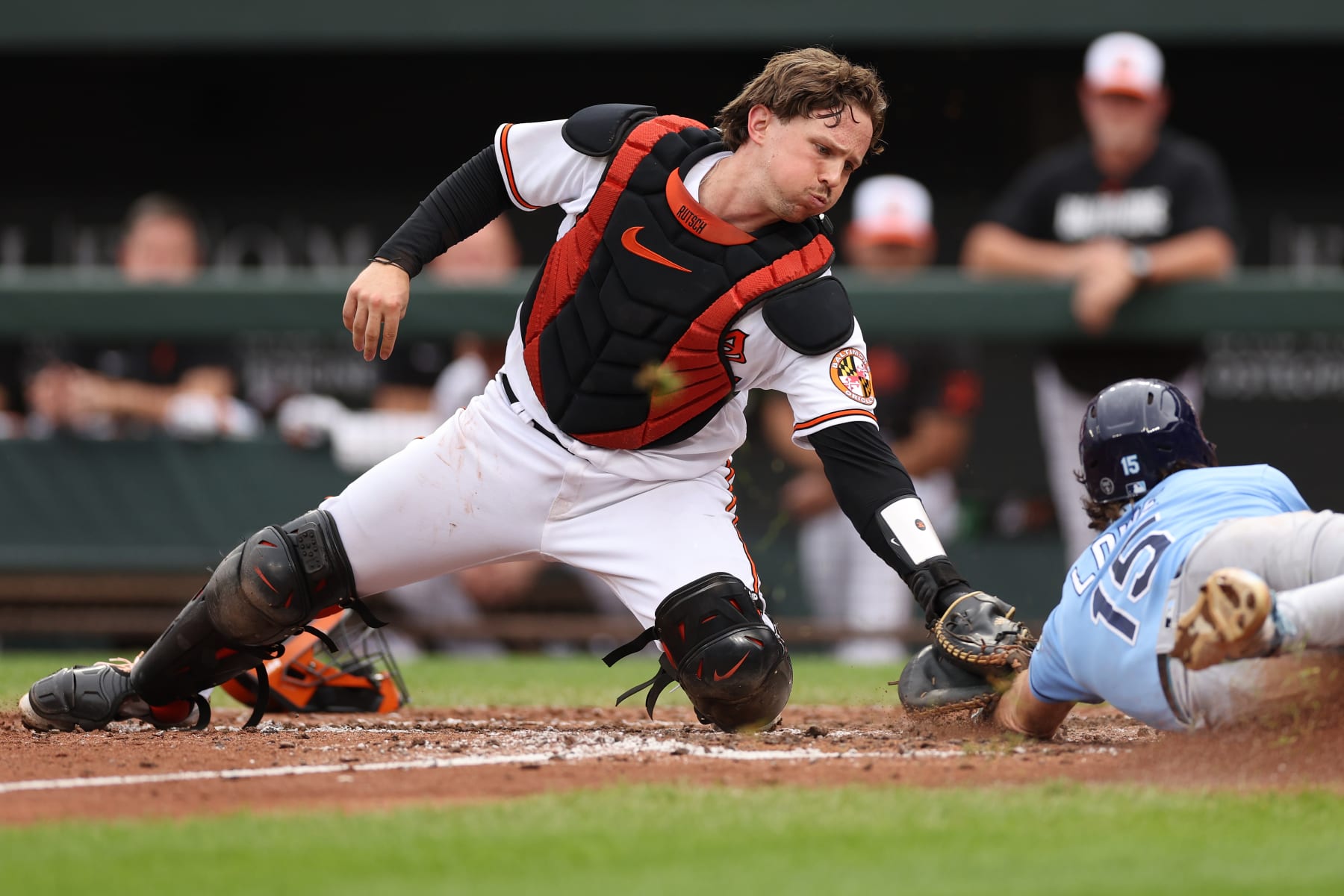
For the first two weeks of the regular season, the only race in the AL East was the Tampa Bay Rays sprinting to a commanding lead.
After starting the season 13-0, the Rays were already five games up on the rest of the division. For the next two-and-a-half months, they consistently sat between 2.5 and 6.5 games ahead of their next-closest challenger. They ended June at 57-28, seemingly destined for the AL's No. 1 seed.
But somebody forgot to tell the Baltimore Orioles that Tampa Bay won the division in the first half of April, and they also neglected to inform the Rays that going 8-16 in July was ill-advised.
In a little over three weeks, the Rays' 6.5-game lead had turned into a two-game deficit—and seemed to stay exactly there for nearly two months. At no point from July 23 through Sept. 13 did the Rays get the gap back closer than 1.5 games, nor did they once allow Baltimore to open up a lead of more than 4.0 games.
It was a constant state of the Rays being one great week away or the Orioles being one brutal week away from a reversal of fortune, setting the stage for the biggest four-game series at Camden Yards in decades.
Tampa Bay won the first two games, moving into a tie for first place in the battle for both the division and the AL's No. 1 seed. But Baltimore rallied to split the series, scoring one run in each of the 8th, 9th, 10th and 11th innings to pull back ahead by a two-game margin as opposed to ending the series in a tie with the Rays.
It's not over yet. Tampa Bay could still storm back to win. Though it would be fitting if the two teams finish with identical records after each scoring 48 runs in the 13 head-to-head games. (Baltimore would get the tiebreaker, having won eight of those contests.)
Hated: The AL Central
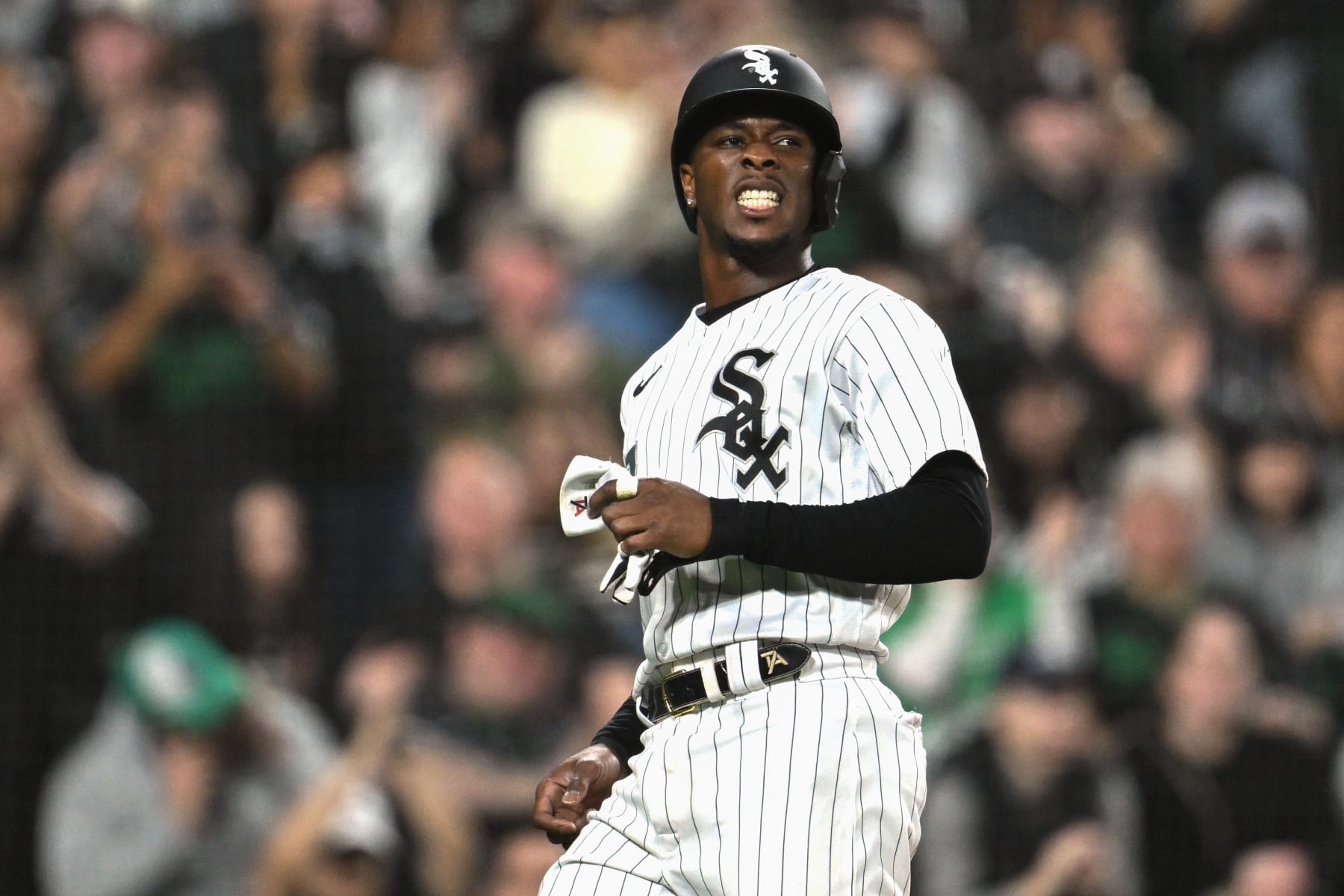
The Minnesota Twins deserve credit for winning their division. It's something the Seattle Mariners haven't done since 2001, something the Pittsburgh Pirates haven't done since 1992 and something neither the Miami Marlins nor the Colorado Rockies have accomplished in 31 years of existence.
When they hang that "2023 AL Central Champions" banner at Target Field, there won't be an asterisk indicating that the rest of the division was a colossal landfill. But it was.
The worst division in MLB history was the 2018 AL Central, with a combined winning percentage of .4358. That narrowly edged out the 1994 AL West, in which all four teams entered the season-ending lockout at least 10 games below .500 with a combined winning percentage of .4374.
In the end, the 2023 AL Central probably won't be that bad. It is presently at a .4411 winning percentage and would need to lose each of its remaining 11 interdivision games to match that .4358 mark from five years ago.
But before Kansas City inexplicably took five out of six from Houston in the past two weeks and before Cleveland swept Texas while Detroit swept the Angels two weekends ago, this division was on track for a historically futile season.
At the start of play on September 14, the AL Central's cumulative winning percentage was .4284, well below that record-low mark from a half-decade ago. At that point in time, Minnesota would have been four games back for the AL's final wild-card spot had it not been handed a "get into the postseason free" Monopoly card by the rest of the division.
For what it's worth, both Detroit (69.5 preseason win total) and Minnesota (83.5) have slightly exceeded expectations. But the unders on Chicago (82.5) and Kansas City (69.5) both cashed before the end of August, with Cleveland (86.5) getting there on Sept. 10.
Loved: Luis Arraez's Quest for .400

In the end, Luis Arraez won't come anywhere close to a .400 batting average. He still might become the first player since Josh Hamilton in 2010 to hit at least .350 while making at least 500 plate appearances, but the .400 watch imploded when he hit .236 in August.
For a while, it was unclear if Arraez would even win the NL batting title. He was at .350, while both Freddie Freeman and Ronald Acuña Jr. were at .338 at the end of play on Sept. 1. If there was such a thing as an MLB-wide batting crown, Texas' Corey Seager was sitting at .345 at that point in time. (It does look like Arraez probably has that in the bag now.)
But midway through the regular season, the entire baseball world was buzzing about the strikeout-averse, singles-hitting second baseman from the Miami Marlins.
In a sport where everyone is swinging for the fences and where Miami hasn't been relevant in two decades, we were legitimately wondering into early August whether Arraez might be the top challenger to Acuña for NL MVP, and whether we'd be spending September watching live cut-ins for all of his plate appearances, a la Aaron Judge last year.
Arraez did recently start hitting homers out of nowhere. He had just three dingers in his first 471 plate appearances before hitting seven in the span of 31 games. Now that he has a double-digit number in the home run column and only a .350ish batting average, his season doesn't stand out as uniquely as it once did.
It was fun while it lasted, though. Maybe he'll deliver the necessary hits this weekend to get the Marlins into the postseason.
Hated: The Lack of Trade Deadline Intrigue
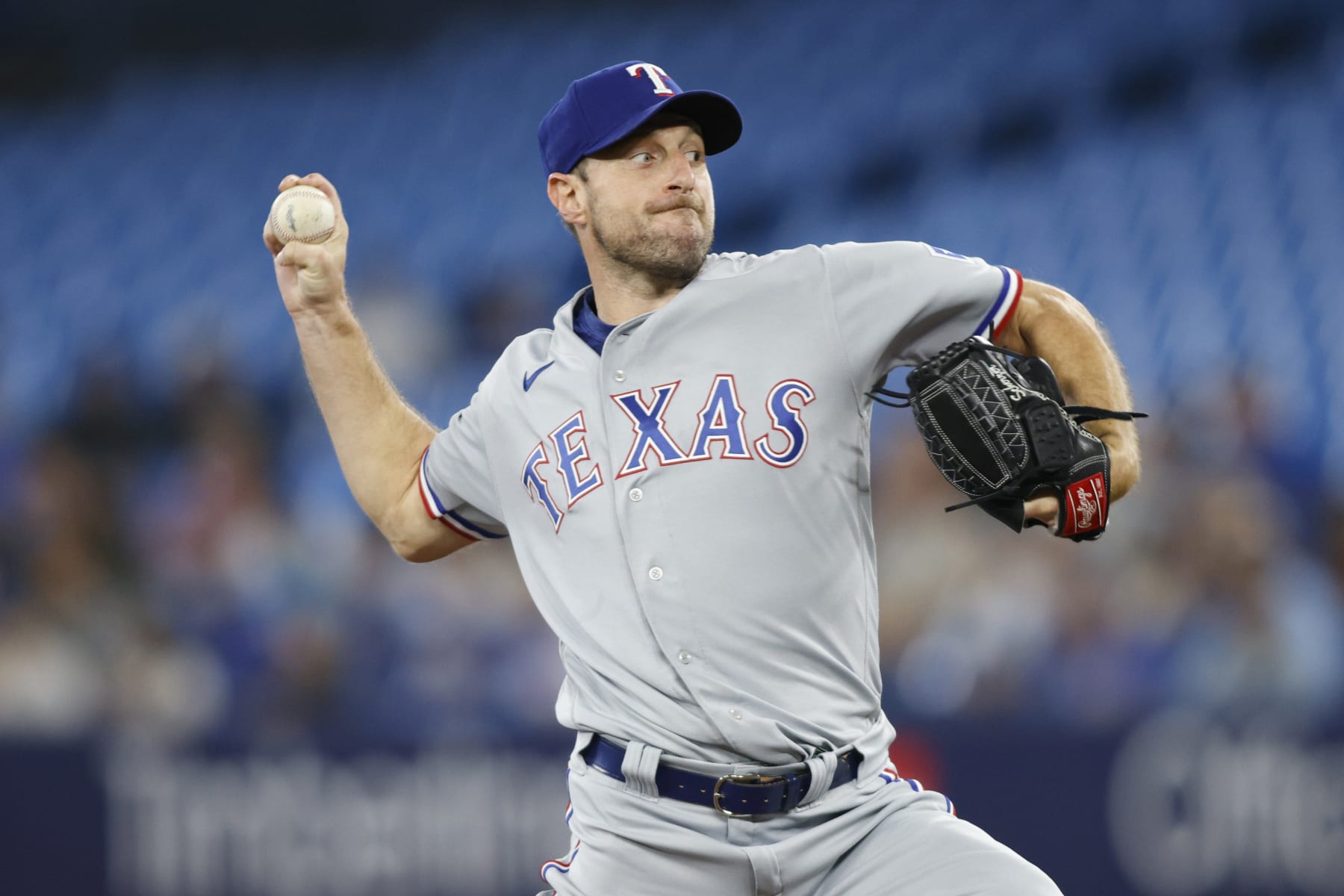
In the moment, this year's trade deadline was full of intrigue.
The Angels went all-in. The Mets went all-out. The Cubs blossomed into a buyer. The Padres sort of, kind of went for it. The Yankees controversially did a whole lot of nothing.
In retrospect, though, it was pretty uneventful.
The Max Scherzer saga was fascinating, mostly because of the several-hour window in which it was unclear if he would waive his no-trade clause, how much money the Mets would be eating in the trade and how Scherzer's 2024 player option would factor into the equation.
Justin Verlander reuniting with the Houston Astros was also a major story, and that has grown even bigger, as it's looking like he will start what could be a do-or-die Game 162 for Houston on Sunday.
Aside from the Mets embracing a fire sale, though, what was the biggest trade? Lucas Giolito to the Angels a week before the deadline? Aroldis Chapman to the Rangers a month before the deadline?
Tampa Bay getting Aaron Civale and Texas getting Jordan Montgomery were big deals, but they aren't exactly headline grabbers.
Even Jeimer Candelario—who we knew for months would be a big name on the move—going to the Cubs for a pair of mid-range prospects ended up being kind of a "whatever" trade.
Heck, the biggest non-Scherzer/Verlander development was probably Eduardo Rodriguez invoking his no-trade clause to block a deal with the Dodgers.
Basically, when the Angels decided they weren't trading Shohei Ohtani and the Cubs decided they weren't trading Cody Bellinger or Marcus Stroman, the deadline turned into a dud-line.
Loved: Money Ain't a Thang
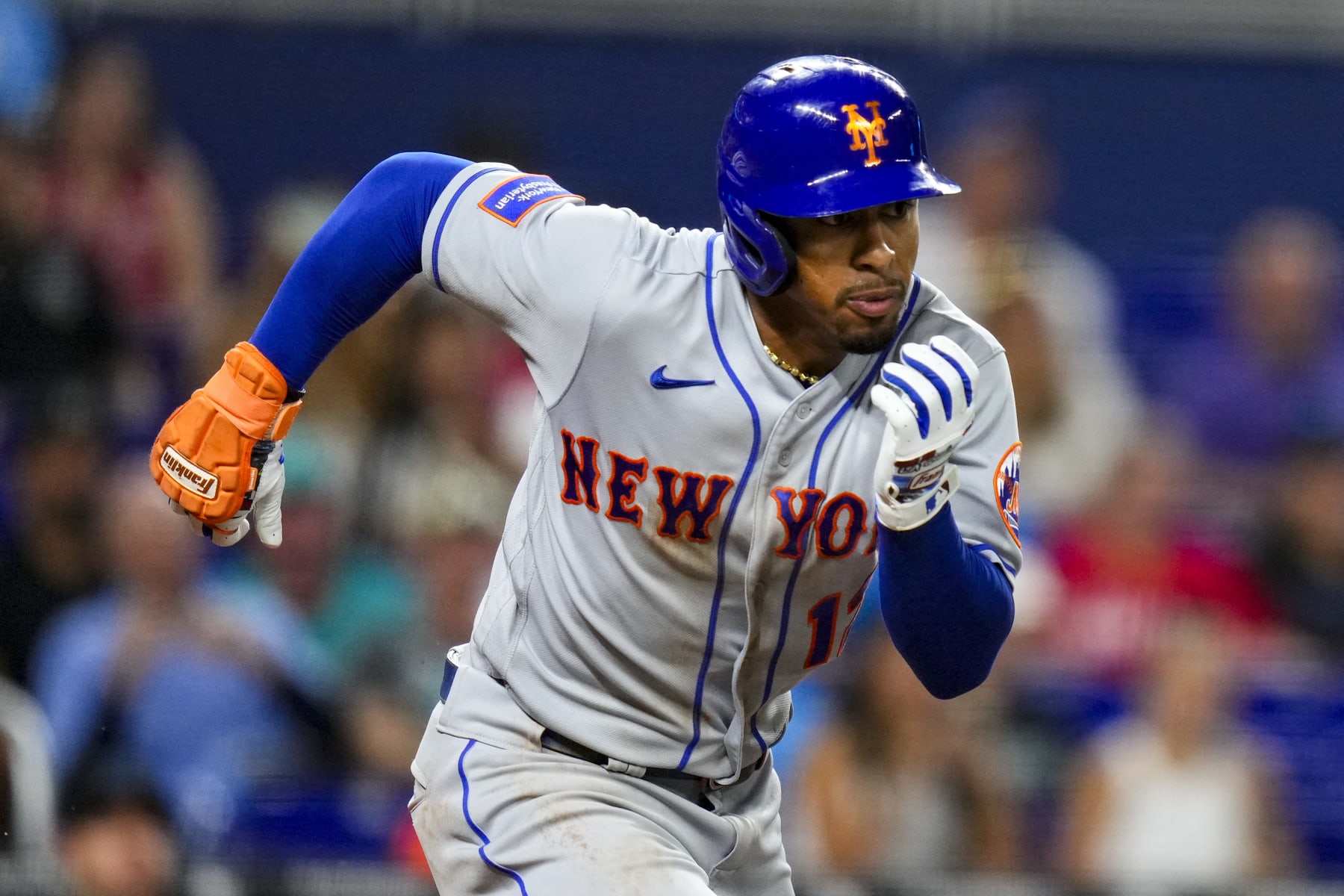
In an effort to keep the big-market franchises from buying title after title, the NBA, NFL and NHL all have salary caps. But in the wild west of MLB, parity reigns supreme and deep pockets sometimes just hold a lot of sadness.
Never has that been more true than in 2023, with the Mets spending nearly a half-billion dollars to flirt with 90 losses and both the Padres and Yankees shelling out more than $250 million to miss the playoffs...all while the tiny-market Rays and Orioles battle it out for the AL's No. 1 seed.
We love this not because of any sort of hatred for the New York teams, but because spending has gotten completely out of control over the past few years.
MLB teams spent $3.24 billion on free agents during the 2021-22 offseason, per Spotrac, followed by another $3.79 billion this past offseason.
They weren't all megadeals, but there were 20 nine-figure contracts handed out to free agents, not to mention a few gigantic, long-term extensions to keep stars from reaching free agency any time soon. Giving $100-plus million to one player is an unfathomable obligation for about half of the teams in the league.
It's thus refreshing to see that money spent isn't always a barometer for games won. Teams like Baltimore, Tampa Bay, Milwaukee, Arizona, Miami and Cincinnati can still hang with their payroll-padding peers.
Sure, the World Series could still end up being the $247 million Rangers against the $245 million Phillies, or the $239 million Dodgers squaring off with the $237 million Astros.
However, that won't change the hard-learned lesson from this season that spending like there's no tomorrow doesn't guarantee you a spot in October.
Loved: The Elly De La Cruz Show (and the Way-Ahead-of-Schedule Baby Reds in General)
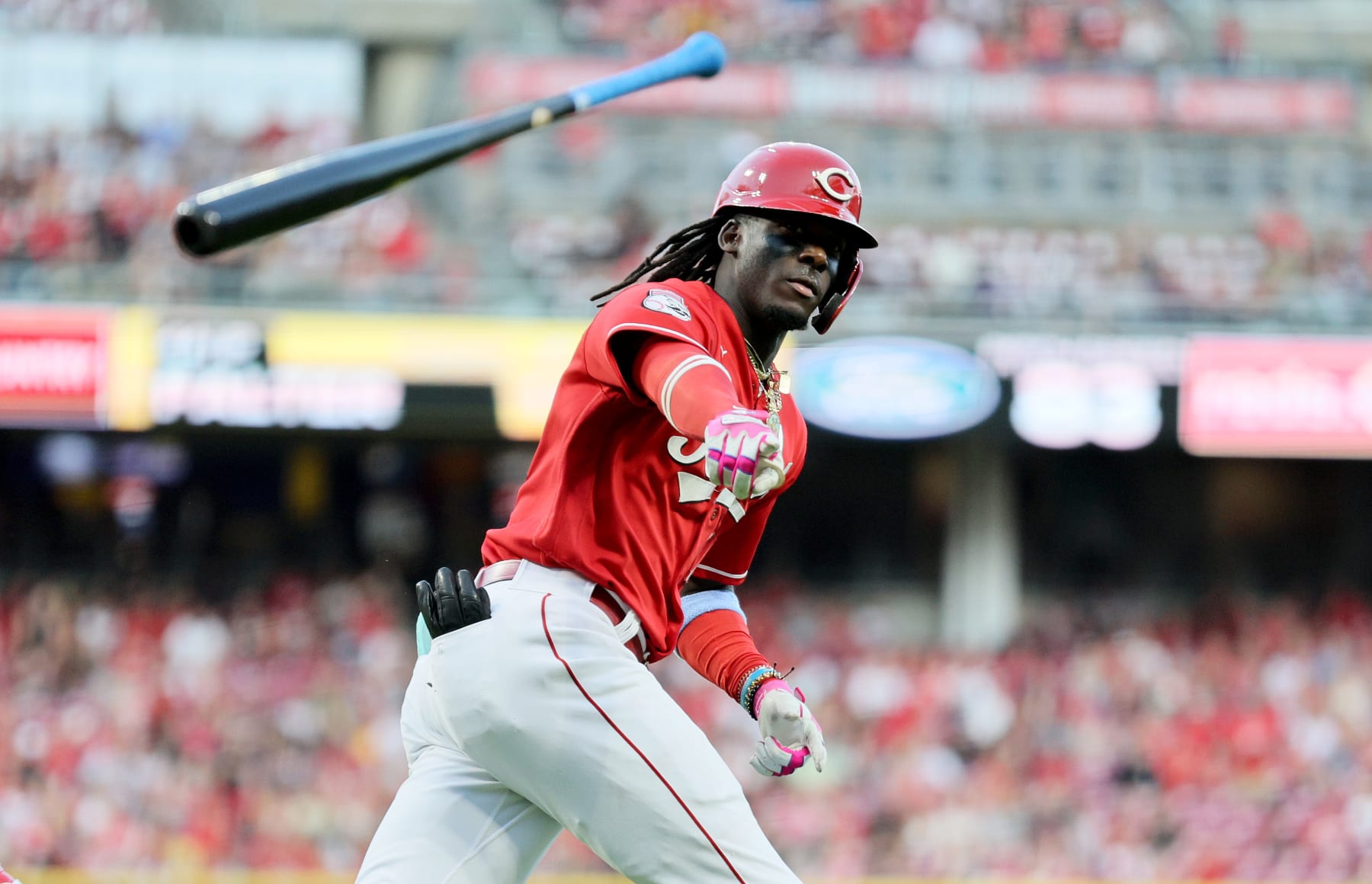
While all of MLB's rule changes for this season had their intended impact on the game, the league couldn't change its general marketability to a national audience with a few rule tweaks. It couldn't force a charismatic enigma of a young star becoming a daily talking point.
But Elly De La Cruz delivered the long-sought-after goods on that front.
After an initial flourish for the first few weeks following his call-up early June, EDLC's numbers haven't been anything special. He's batting .213 with a .657 OPS dating back to July 1, even after his two-HR bonanza Tuesday night in Cleveland.
Still, he became a household name before even arriving in the majors for the balls he put into orbit with Triple-A Louisville. And when he stole second, third and home in one plate appearance on July 7, the shockwaves rippled throughout the sport.
We already had Shohei Ohtani and Ronald Acuña Jr. as always entertaining faces of baseball. Julio Rodríguez quickly joined that club last year, as did Corbin Carroll this year to some extent. But if you're picking a captain of the Always-Entertaining MLB team, De La Cruz is the guy who immediately captivated the baseball world.
For years, Mike Trout was pushed on us as the face of baseball, even though 95 percent of baseball fans probably wouldn't recognize him in public.
But who needs WAR when you can have FUN?
Hated: The Entire Oakland A's Situation
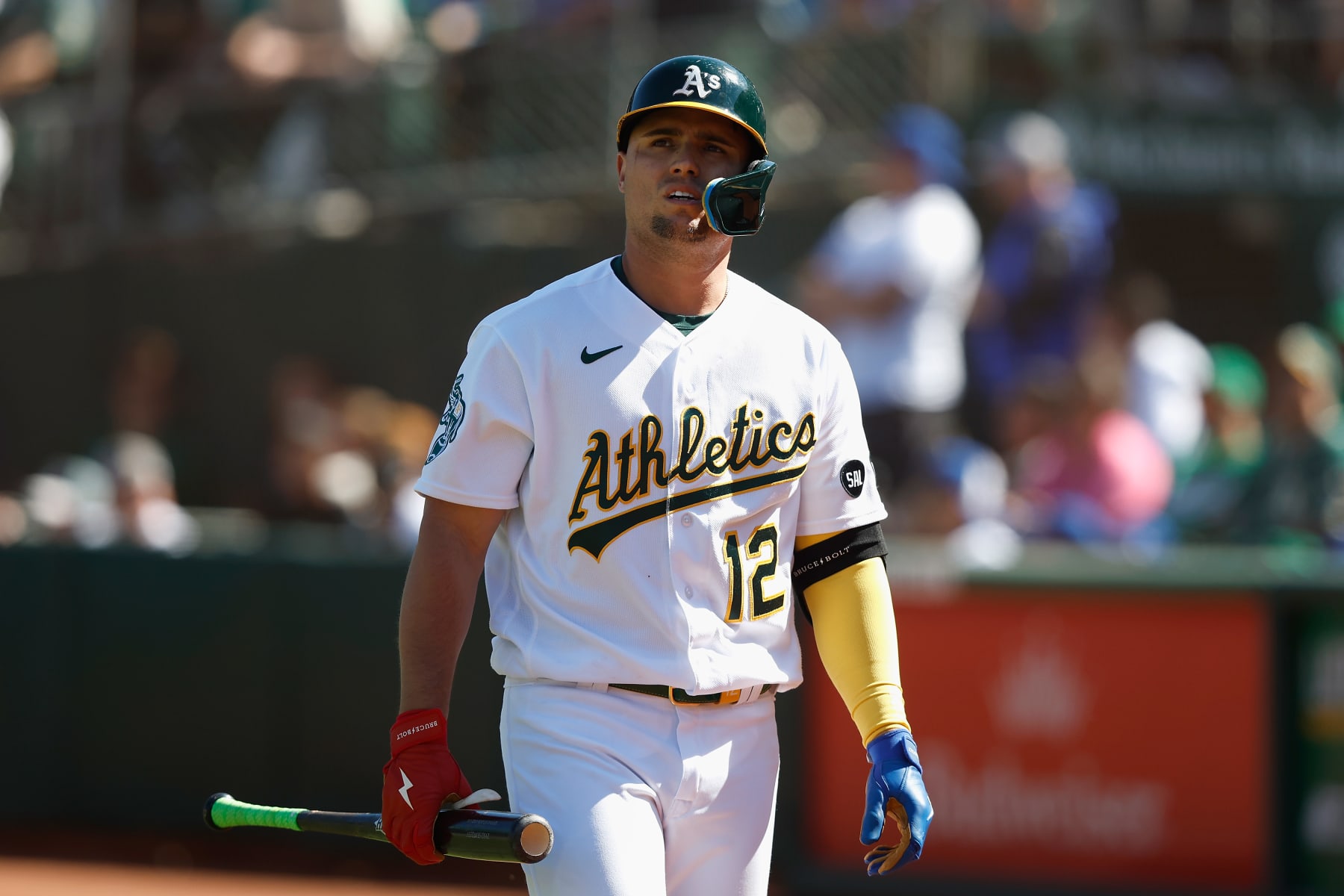
Yes, we intentionally did two consecutive loves before diving into this pool of despair.
The Oakland A's were always going to be horrendous this season. They lost 102 games last year, and they spent the offseason trading away Sean Murphy, Joel Payamps, Cole Irvin, A.J. Puk and Cristian Pache for a bunch of guys with little to no MLB experience.
But horrendous didn't even begin to cover it as they went 10-45 through their first 55 games, allowing more than twice as many runs (388) as they scored (189).
At that point of the season, their winning percentage put them on pace for 29.5 victories. Their Pythagorean winning percentage (run differential) was only slightly more optimistic at a 34.2 win trajectory.
Amidst that historically abysmal start, the proposed relocation from Oakland to Las Vegas gained all sorts of steam, leading to "Sell the team" chants as well as a pair of reverse boycotts where fans made a point to actually show up to Oakland Coliseum to show they would love to come support the team during seasons when it isn't actively trying to fail.
Over the next 100-plus games, Oakland continued to struggle, but it was more "normal basement-dwelling team in any given season" bad as opposed to "1899 Cleveland Spiders" awful.
However, it sure looks like the franchise will be headed to Las Vegas at some point in the next three years, so there's not much optimism to be found from the turnaround.
While we're griping about relocation rumors, can we please just chill on the Nashville front for a while?
Prior to the recent news about the Rays finally getting a new stadium, there had been Tampa Bay-to-Nashville buzz for several years. There have also been whispers of the Orioles being transplanted to Nashville dating back to last season. In August, there was a lot of scuttlebutt about the Brewers wanting to leave Milwaukee. And just a month ago, speculation about the White Sox leaving Chicago for Nashville ran rampant around the internet.
No offense to Nashville. Hope y'all (and Montreal) get an expansion team at some point in the next few years. But enough already. Leave the realignment drama for college football, at least during the regular season when there's actual baseball to discuss.
Loved: The Wild-Card Races
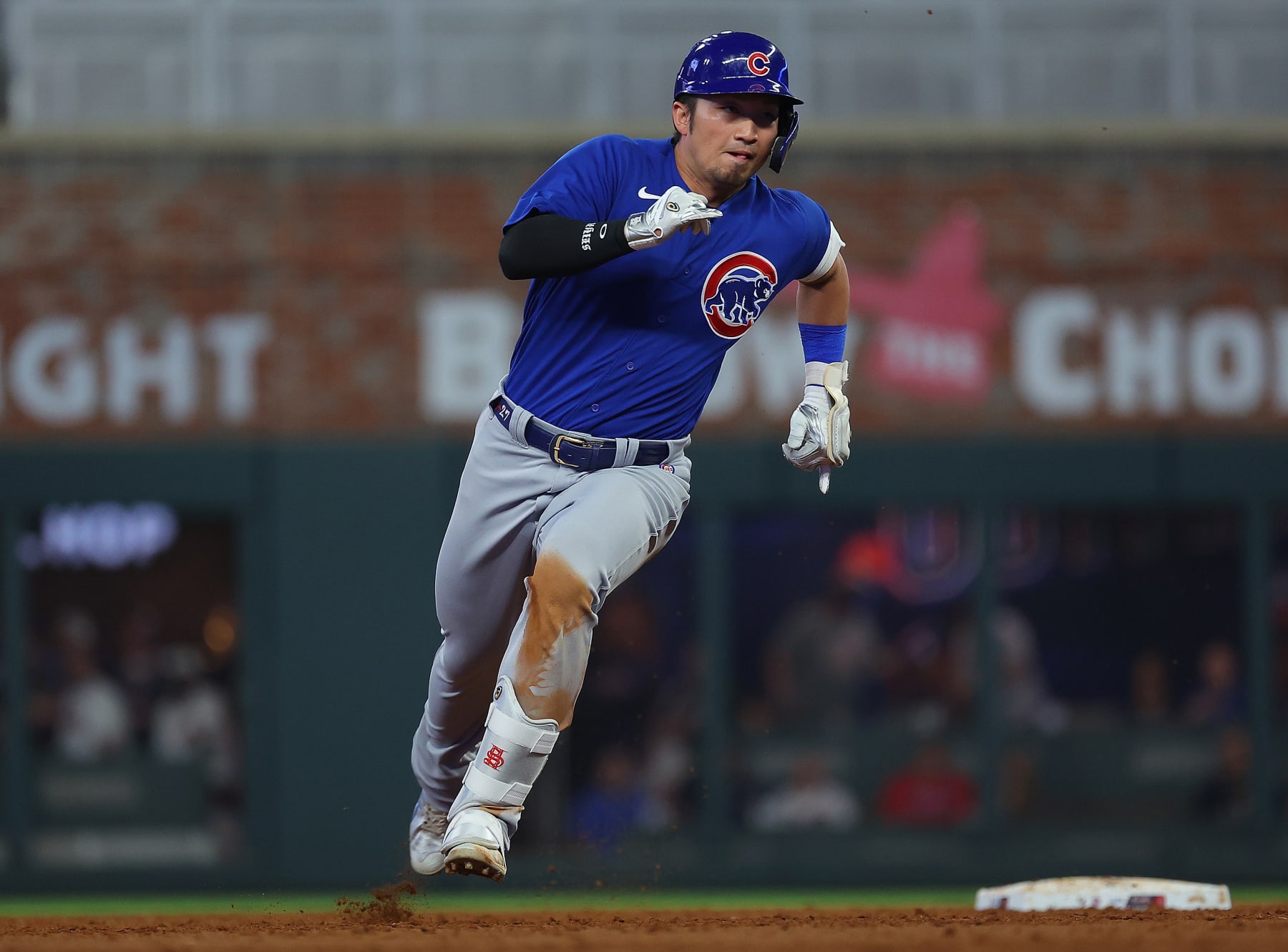
It would be easy to use the jam-packed-with-mediocrity race for the final two wild-card spots in the National League as an example of why MLB never should have expanded the postseason field to 12 teams in the first place.
But you can't tell me you haven't loved this end-of-season drama.
The whole "four teams for three spots" situation in the American League with Houston, Seattle, Texas and Toronto all battling it out has been edge-of-your-seat entertainment for the better part of a month now. To end the season with Texas at Seattle, Houston at Arizona and Tampa Bay at Toronto is simply *chef's kiss*.
Meanwhile in the National League, there was a four-way tie between Arizona, Cincinnati, Miami and San Francisco for the No. 6 seed at the end of play on Sept. 3. The Giants have since backed their way out of the conversation, but Chicago has simultaneously fallen back to the pack, turning it into four teams jostling for the final two spots.
The Diamondbacks and Cubs have a slight upper hand for now. But Chicago ends the season at Milwaukee, the Diamondbacks have a home series against the Astros, while the Marlins and Reds get to face the Pirates and Cardinals, respectively. As strength of schedule is concerned, that's a big advantage for the two teams trying to close the gap.
There's a good chance something will still up in the air for both leagues on Sunday. It could just be seeding, or it could be spots in the field. That should make this the most entertaining final day of the regular season since the absolute chaos that unfolded in 2011.
